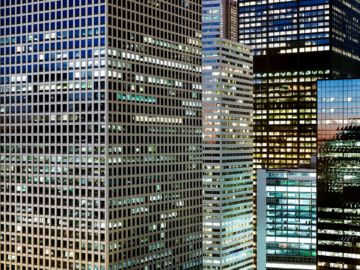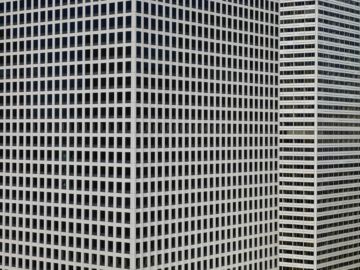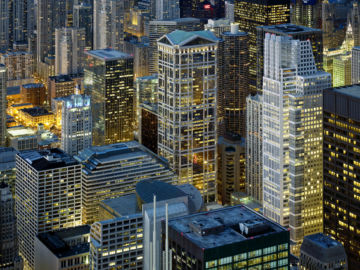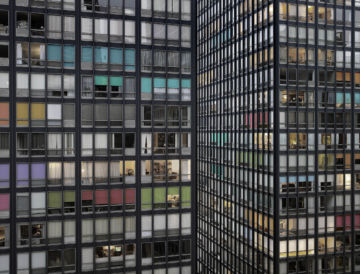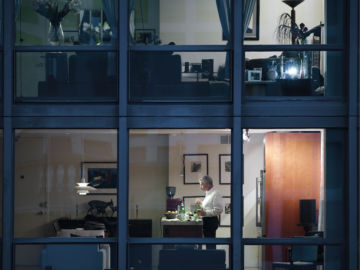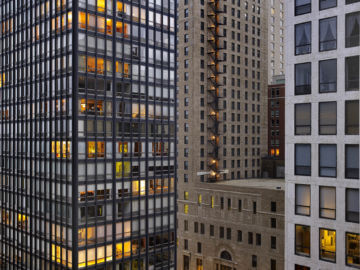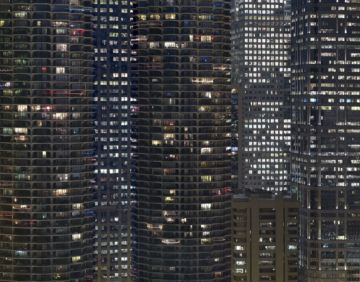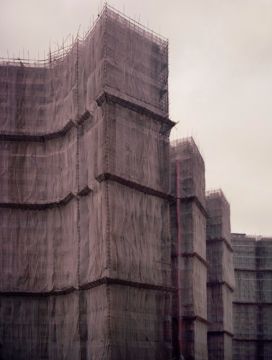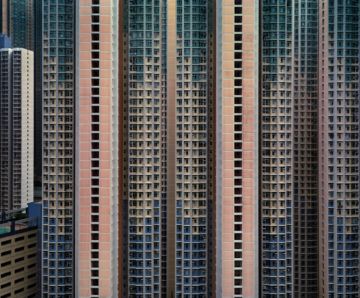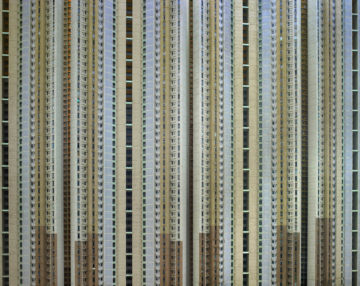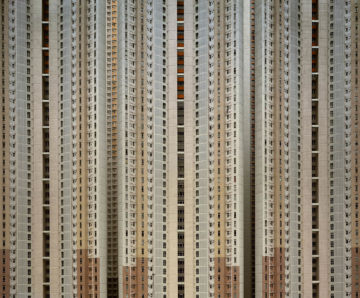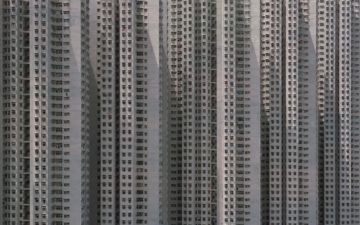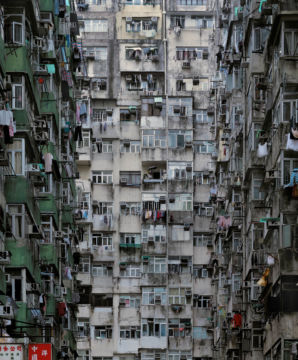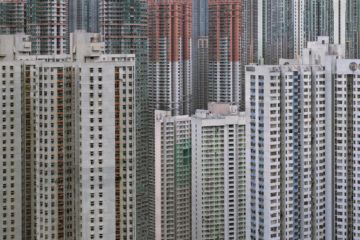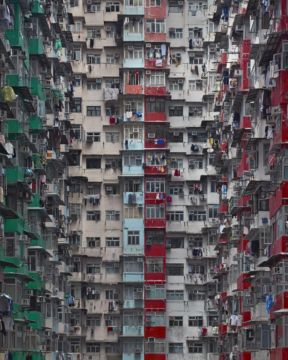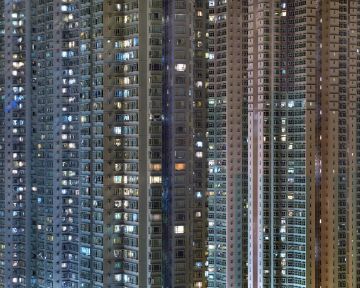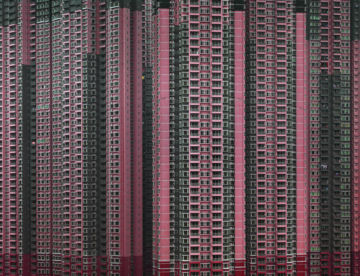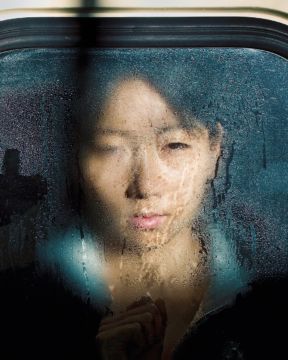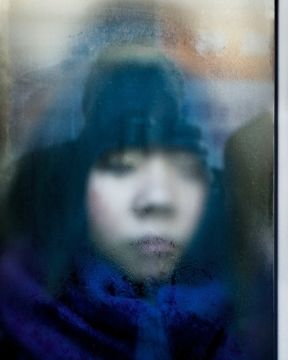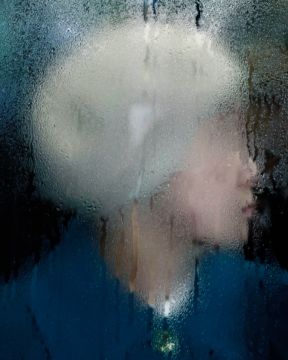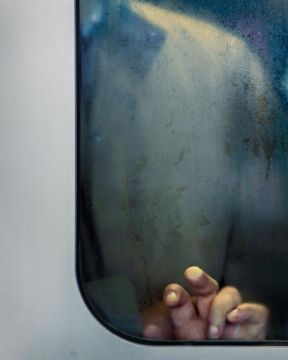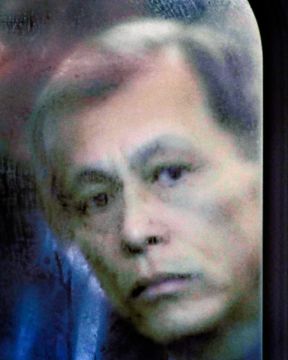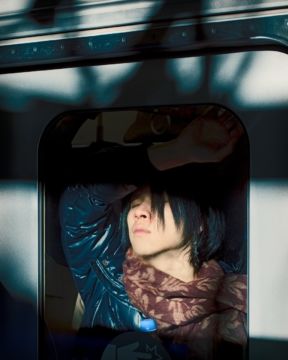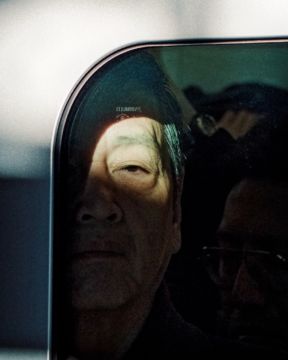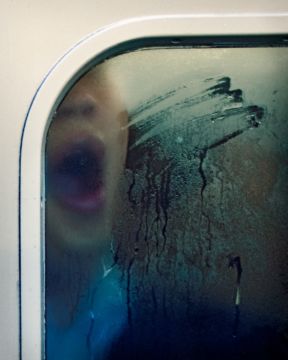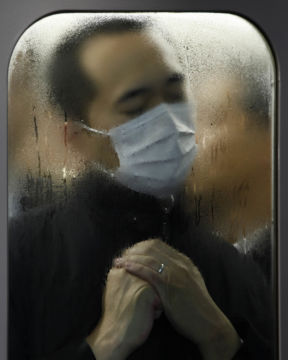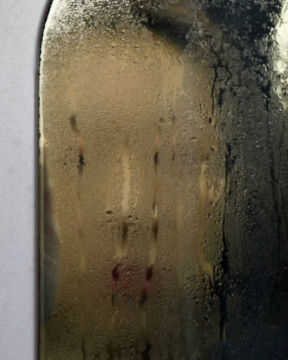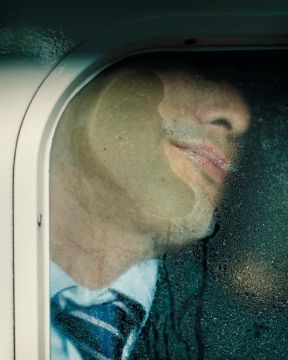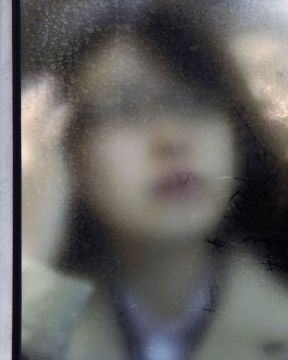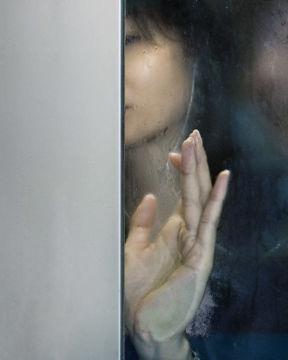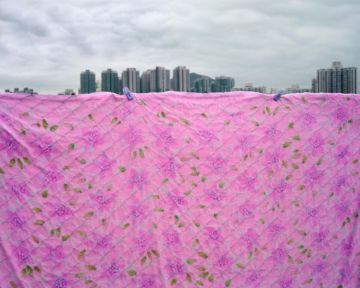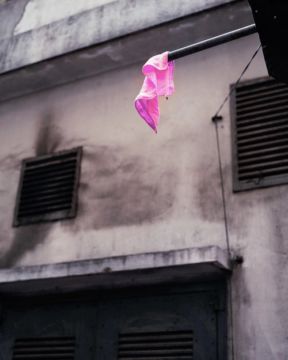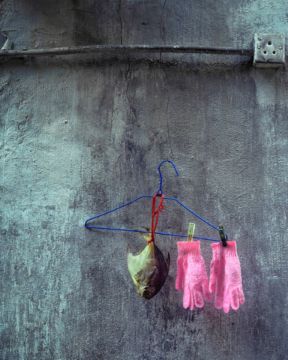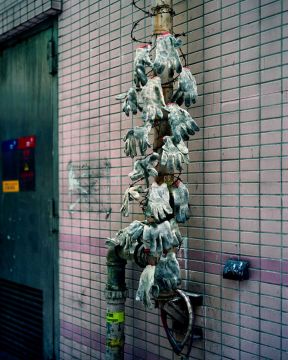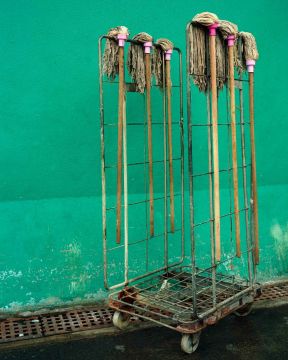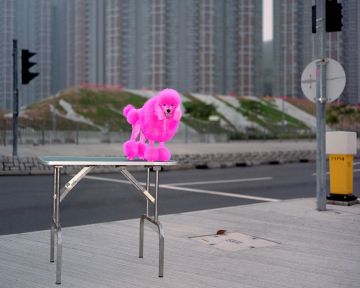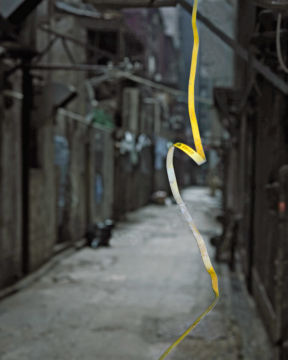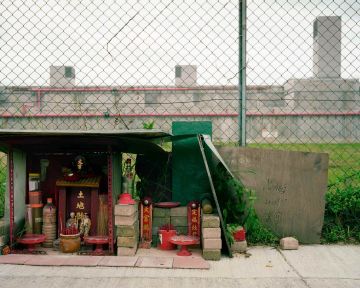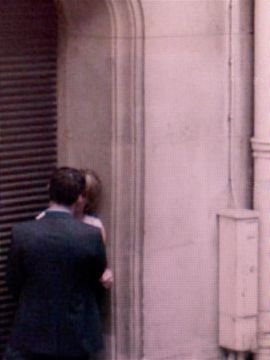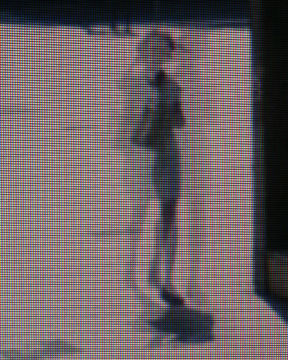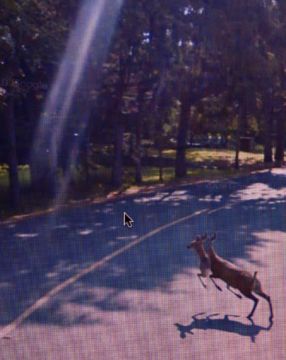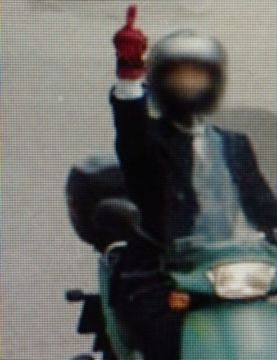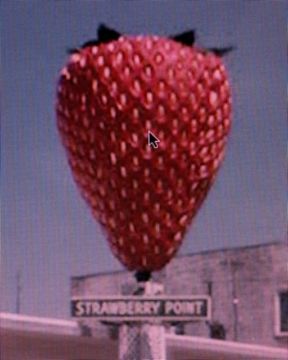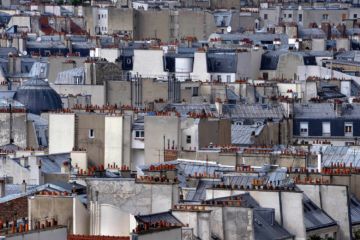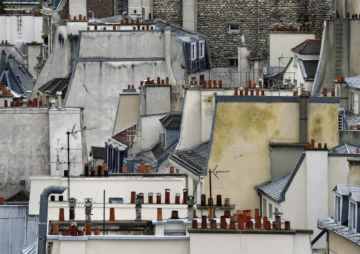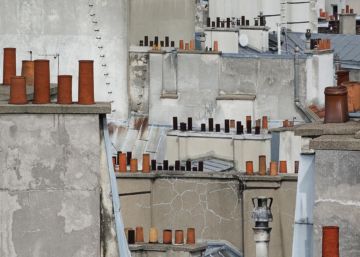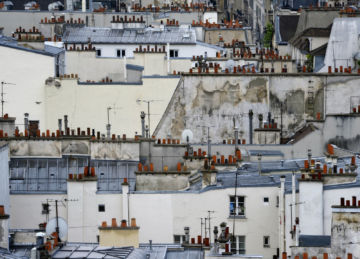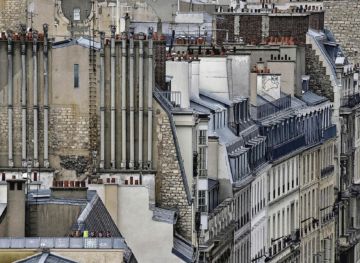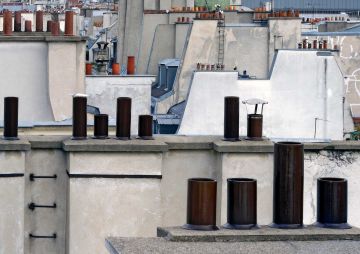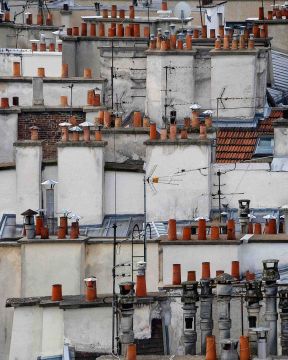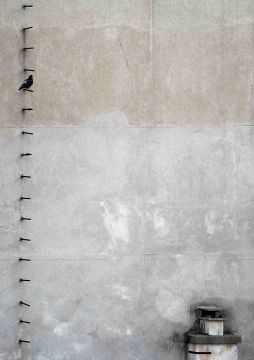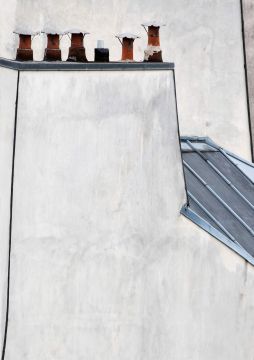Transparent City
Chicago, like many urban centers throughout the world, has recently undergone a surge in new construction, grafting a new layer of architectural experimentation onto those of past eras. In early 2007, the Museum of Contemporary Photography, with the support of U.S. Equities Realty, invited Michael Wolf as an artist-in-residence to document this phenomenon. Bringing his unique perspective on changing urban environments to a city renowned for its architectural legacy, Wolf chose to photograph the central downtown area, focusing specifically on issues of voyeurism and the contemporary urban landscape in flux. This was Wolf's first body of work to address an American city. Whereas prior series have juxtaposed humanizing details within the surrounding geometry of the urban landscape, in The Transparent City, his details are fragments of life–digitally distorted and hyper-enlarged–snatched surreptitiously via telephoto lenses. ‘The ground is nowhere in sight in Wolf’s dramatically geometric, nearly abstract photographs of Chicago’s Loop towers. Shot from strategically selected rooftops and perfectly printed in an aptly large, vertical book, Wolf’s subtly modulated color photographs are monumental studies in grays, whites, blacks, golds, and occasional splashes of green and blue. Given their elegant grids, nuanced variations, and stillness, these images echo the minimalist paintings of Agnes Martin, yet this is the real world, and real people inhabit these immense cellular buildings, these boxy hives, these human filing cabinets, and Wolf’s stealthy, intrusive lens finds them, most often alone contemplating a television or computer. The lighting is exquisitely moody, each lit interior is a screen or stage, each human figure as poignant as those in the paintings of Edward Hopper, an artist Wolf, acclaimed for his earlier books on China, cites as an influence. With intimations of surveillance and vulnerability, these intensely beautiful cityscapes seem austere and inhuman until one lands on a magnified picture of a man giving the distant photographer the finger.’ – Donna Seaman
Architecture of Density
Stunning and sobering, the photographs of high-rise apartment buildings in Hong Kong by German photographer Michael Wolf reveal his personal fascination with life in mega-cities. Having lived there for several years, Wolf began to document Hong Kong’s extreme development and complex urban dynamics, and how these factors play into the relationships between public and private space, anonymity and individuality, in one of the most densely populated cities on the planet. His close-up view takes the repetitive facades and colourful palettes out of their architectural context, instead offering urban patterns. With an introduction by Ernest Chui and essay by Natasha Egan.
Tokyo Compression
The politics of looking, and in particular looking upon others’ suffering, sits at the core of Wolf’s candid photographic series. The work prompts not only a reflection on the discomfort before us, but also a self-reflection on our own position as spectator. With city-dwellers framed in states of claustrophobic torment, their anguished faces crushed against the glass pane, the dividing window acts as a literal reinforcement of the commuters’ “otherness”, an ever-present reminder that we are free and they—albeit temporarily—are not. It is a dynamic that is disquietingly symbiotic—our spectatorship depends on their objectification, our agency on their entrapment. We therefore encounter their confinement with an uncomfortable detachment, the commuters representing a condition which is real yet simultaneously distant.
back door
The dark back alleys that crisscross the city are home to objects that, at first glance, seem to be discarded—the random detritus of the man-made world. Under the scrutiny of Michael Wolf's photographic eye, these objects become fascinating installation pieces, while the abstract patterns of the buildings reveal the beauty and order that underlie the apparent chaos of the city. Thought-provoking texts by Kenneth Baker and Douglas Young explore the choices that people make of lifestyle, form, function, identity, and design, as well as the notion of Hong Kong as a brand.
Street View
‘Paris street view’ deals with the cultural identity of Paris. With the aid of Google Street View technology, Wolf investigated the concept of representation and symbolism. By using pixelated images from the internet, he broke through Paris’ nearly universally recognizable photographic iconography and suggested a new way of reading the city. Two people embracing on a busy Paris street, for instance, are a playful reference to Robert Doisneau’s ubiquitous ‘Le Baiser de l’Hôtel de Ville‘ from 1950. But cropping out parts of images on Google Street View, ‘photos of photos’ are created that shed a new light on a city in which nearly everything has already been photographed.
Paris Rooftops
Having lived in Hong Kong since the 1990s and having photographed mostly in Asia, Wolf took in his new Parisian surroundings with cautious curiosity, making a conscious decision to stay away from the quintessentially Parisian sights that adorn travel books. During his exploration of the city, Wolf discovered the uniqueness and beauty of its zinc roofs. With a strong sense of colour and his characteristic genius for composition and abstraction, Wolf captured the density and humanity of urban life through a city’s architecture, and managed to astound the viewer with a fresh perspective, as he had done so brilliantly in Hong Kong with his highly-acclaimed series ‘Architecture of Density’.
